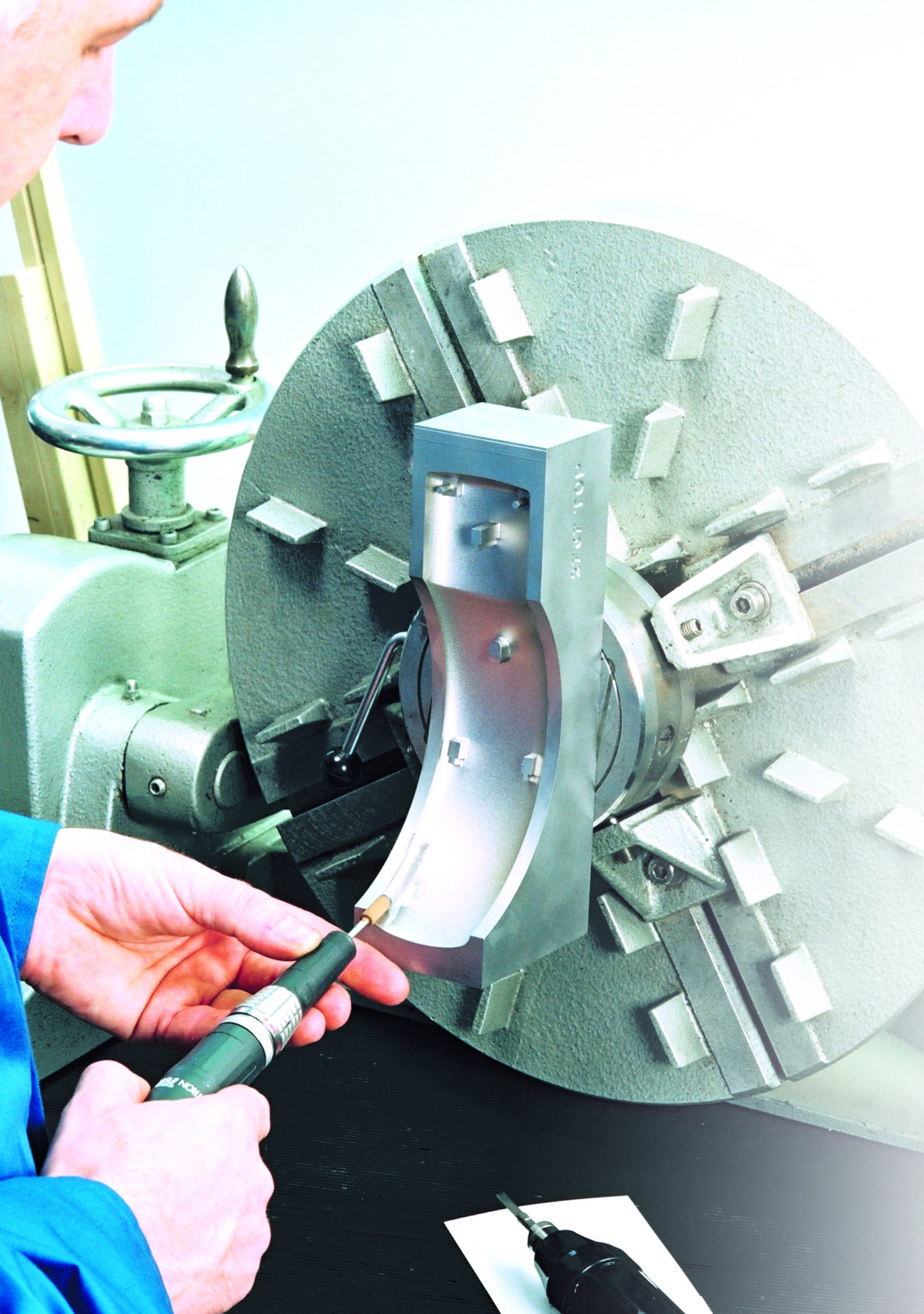Mold polishing is a process that can be carried out with different methods. The choice of method depends on the needs and goals of the production process. In this article, we will examine the most common mold polishing methods and provide information about the advantages and disadvantages of each.
Mechanical polishing is one of the most common mold polishing methods. In this method, surface roughness is reduced using physical materials.
Quick process time.
Can adapt to different surface shapes.
There is a risk of wear and tear.
Scratches may occur on the surface if not careful during application.
Chemical polishing is the process of smoothing mold surfaces using chemical substances. This method is especially suitable for sensitive and complex surfaces.
Can be applied effectively on sensitive and complex surfaces.
There is no risk of wear and tear on the surface.
Application time is longer than other methods.
It is important to use chemical substances correctly.
Electrochemical polishing is the process of smoothing mold surfaces using electrochemical reactions. This method is especially suitable for metal surfaces.
Provides high precision and control.
There is no risk of wear and tear on the surface.
Application time is longer than other methods.
It is costly.
Mold polishing plays a critical role in the production process and directly affects product quality, durability, and aesthetics. Choosing the right polishing method increases efficiency and reduces costs in the production process. Therefore, it is important to be careful when deciding which method to use in the mold polishing process.





